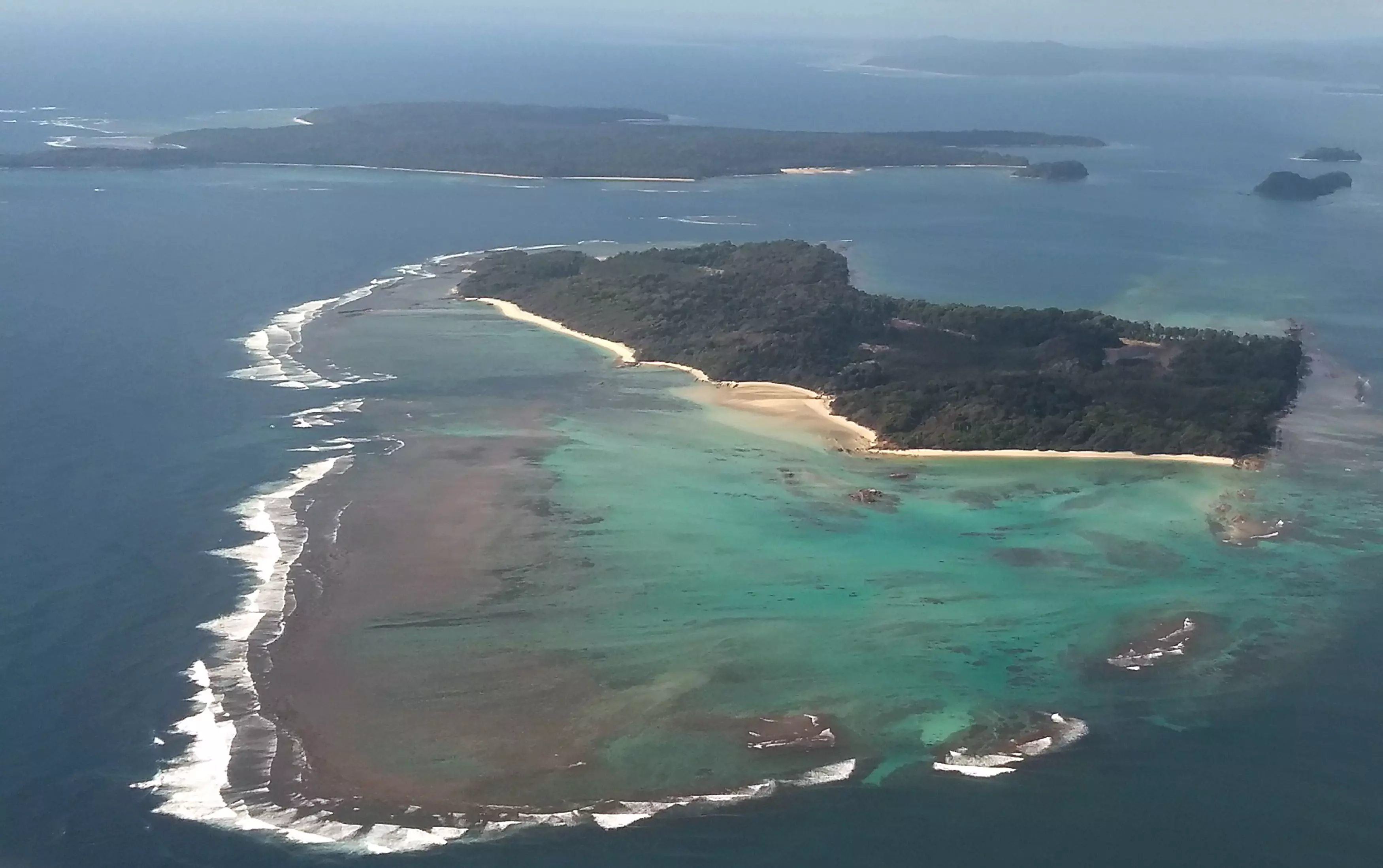Bhopinder Singh | The implosion in Bangladesh puts spotlight on the Andamans’ role

The Indo-Pacific region is the world’s centre of gravity. It contributes two-thirds of global economic growth, 60 per cent of global GDP and hosts seven of the world’s largest militaries: winning here will decide which “bloc” is in command. The principal threat to the existing world order comes from a belligerent China that seeks to combine its military, economic, diplomatic and technological wherewithal to redraw the equations in its favour. Therefore, China is always at its astute best in the region. It pounces on any and every opportunity to threaten any rival bloc, which is broadly reflected in the Quad construct: that is, the United States, India, Japan and Australia.
Towards the same objective, China remains fleet-footed, non-judgmental (about issues like human rights, lack of democracy, ideology, etc) and transactionally unconcerned about the other’s past. Such ready accommodation along with loosening of the purse-strings (with initiatives like the Belt and Road Initiative) can endear many isolated regimes into its welcoming ambit -- such as North Korea, the military junta in Myanmar, the Taliban in Afghanistan, etc. In a world of competitive allurement, China emerges as a natural counterpoise on the rebound, whenever the domestic politics of a nation warrants new suitors with regime change. Therefore, the change of ruling parties in distant Male, Kathmandu, Naypyidaw and even Colombo can trigger tractions towards Beijing. However, where there are fundamental barriers to sovereign appropriation -- India or Bhutan -- it partakes intimidatory, encroaching and strategic one-upmanship to assert itself.
However, Bangladesh has remained challenging for China, for various reasons. First, the lack of border contiguity from the Chinese mainland has created a buffer from the usually intrusive meddling. Second, Bangladesh’s evolution towards a “middle power” with relative socio-economic prosperity afforded it certain strategic independence and nonalignment, that did not require kowtowing to the Chinese. On the contrary, it regularly played competing powers against each other, towards its own advantageous position. Lastly, the Bay littoral nation with a 580-km coastline with no disputed territory with China is a rare status for a nation at the juncture of South and Southeast Asia, along the great trade arteries in the Indian Ocean.
Last year, Bangladesh released a vision paper on the Indo-Pacific that had sought to “uphold the exercise of freedom of navigation and overflight, in accordance with international law and conventions”. This allusion to the United Nations Convention on the Law of the Sea (UNCLOS), without subscribing to the specific language and syntax of Sino-wary approaches by the Quad countries, exemplified its preference for “tightrope diplomacy” without clear preferences. So, without a clear tilt in its favour, the Chinese continued “investing” with BRI imperatives, preferential loans (for 14 projects with about $10 billion) and building the much-publicised Padma Bridge, elevating the bilateral relationship to a level of “comprehensive strategic cooperative partnership”. But Bangladesh managed to countenance the same by refusing the Chinese offer in favour of India on the Teesta Water Management Project.
The Chinese patience, ambition and largesse towards luring Bangladesh stemmed significantly from its inability to secure a committed footprint for its infamous “military-industrial complex” in a country that overlooks sensitive chokepoints and sea routes in the Indo-Pacific. A doomsday picture of China’s “Malacca Dilemma” (referring to Beijing’s seafaring of 80 per cent of its energy and trade supplies through the narrow Malacca Straits) is an unresolved nightmare for Beijing. While the Chinese have been able to assert themselves aggressively in the nearer South China Seas and even in distant Hambantota port (Sri Lanka), the Maldives, Gwadar (Pakistan) to even Djibouti -- the vast expanse of the Bay of Bengal remains without any major Chinese presence. Murmurs of Chinese facilities on Coco Coco Islands (Myanmar) have also come a cropper.
India has substantial wherewithal on its regional coastline and a powerful presence jutting out at the mouth of the Malacca Straits -- the Andaman and Nicobar Islands, that serves as a deterring or even “checkmate” outpost. Its strategic position within striking distance of the Malacca Straits gives it an unparalleled foothold that threatens the Chinese calculus. Thus, the most logical bet for the Chinese has been to secure some ground in Bangladeshi territorial control to challenge the Indian threat emanating from the Andaman and Nicobar Tri- Services Command and all its future possibilities.
The fabled Chinese “string of pearls” port project in Chittagong has not gone beyond a commercial container facility, just as Bangladesh similarly rejected a request for a US Air Force base on Bangladesh’s Saint Martin Islands. Neither side was able to elicit a strategic preference as Dhaka continued milking all the opportunities without giving away too much. Beyond getting
ranked the second biggest market for Chinese defence manufacturers (after Pakistan), including a $1.2 billion contract for the first Bangladeshi submarine base in Cox’s Bazaar, ironically named “BNS Sheikh Hasina”, the Bangladeshis did not secede strategic ground, like Pakistan did in Gwadar.
The recent implosion in Bangladesh with Sheikh Hasina’s own dramatic exit opens many new possibilities (and also challenges given the instability), and the Chinese are back to the drawing board, though less anxiously than New Delhi. All this uncertainty reiterates the importance of the permanent Indian spoke in the Chinese hegemonic dreams -- the Andaman and Nicobar Islands -- for fresh reimagination and strategic investments. It is still early days for new diplomatic contours to emerge, but as Delhi and Beijing lick their respective wounds, Port Blair stands tall.
